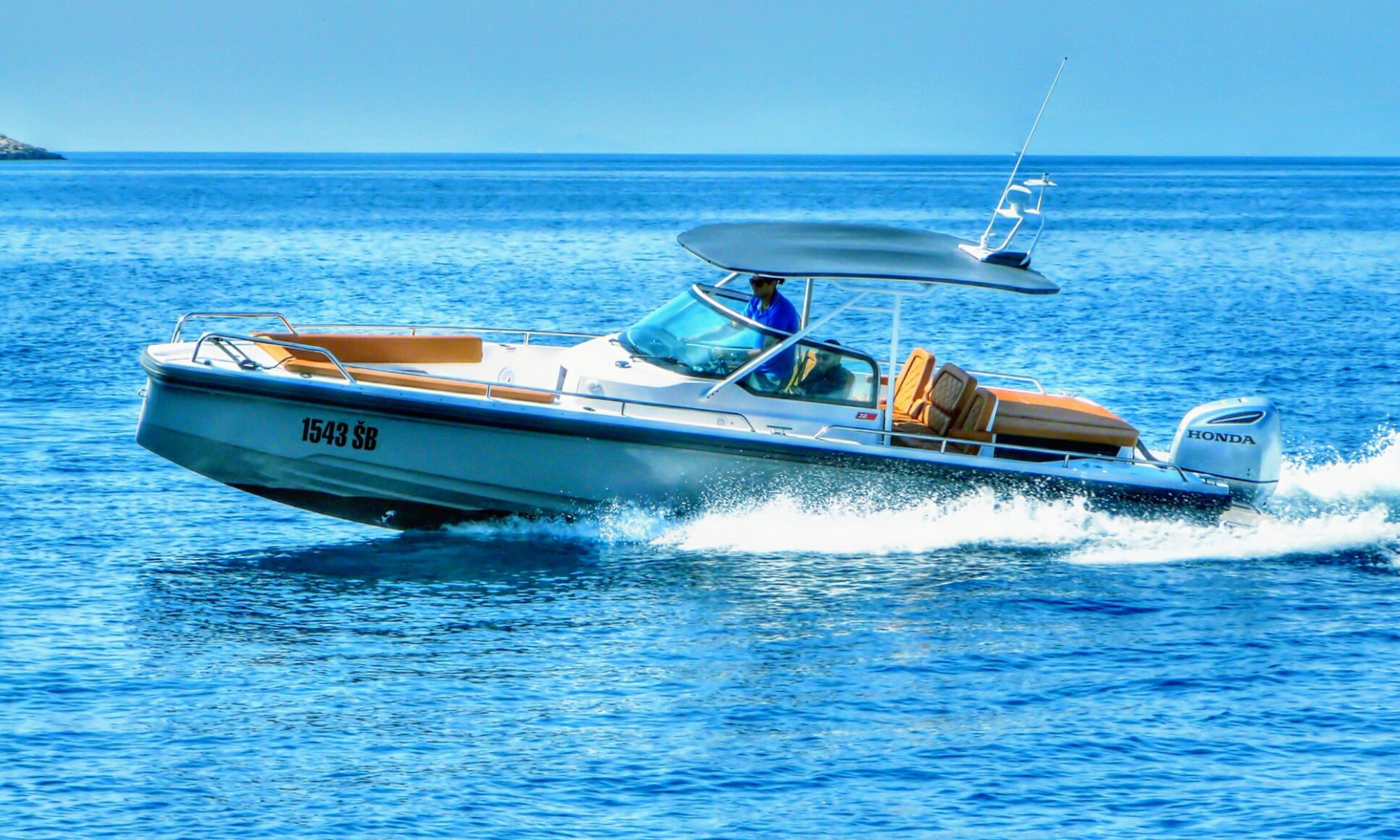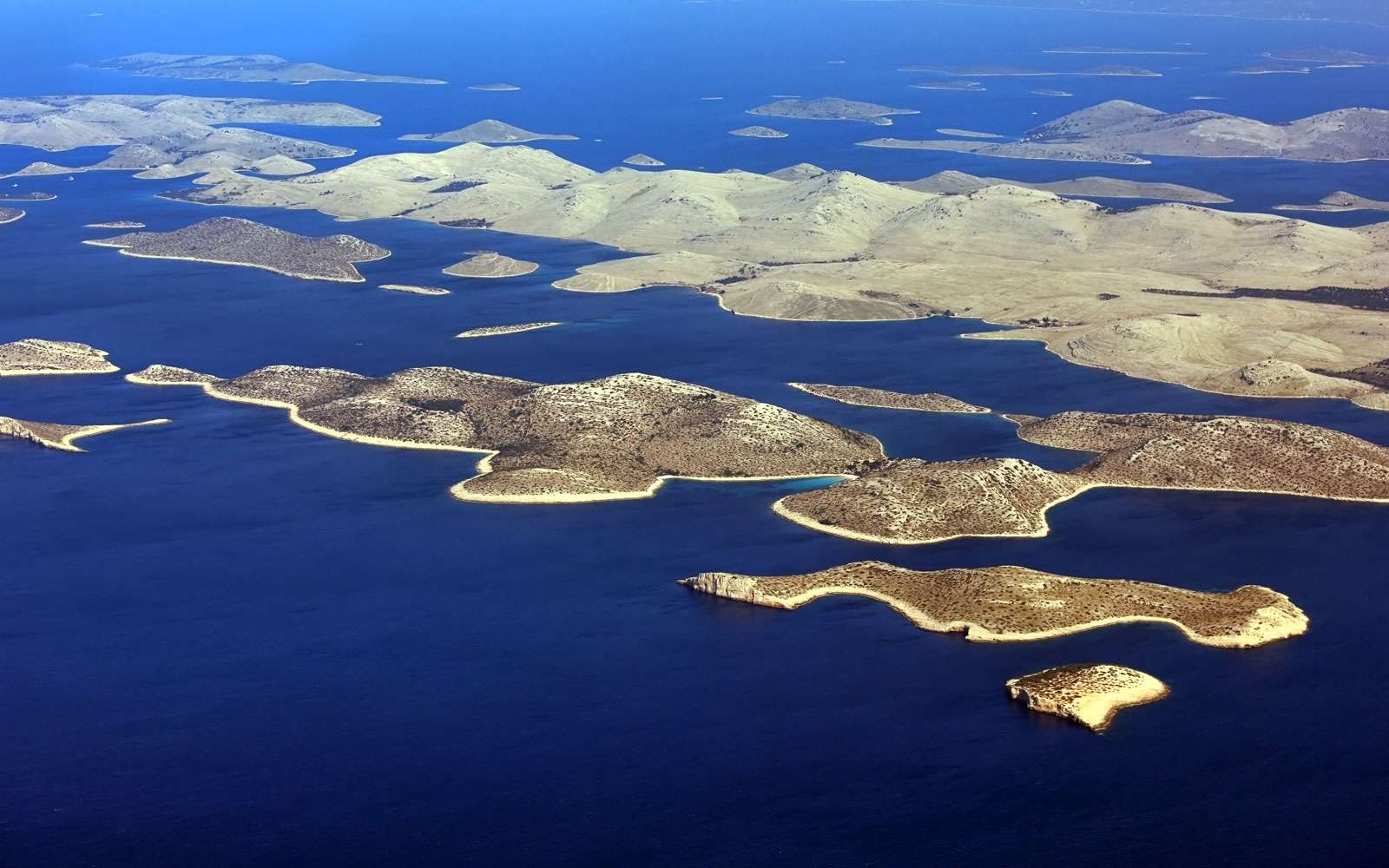The Kornati National Park is often mentioned as “nautical paradise” in tourist publications. And really, in “slalom” sailing through the 89 unforgettable islands, islets and reefs in the Kornati National Park, you will test all of your nautical skills.
Kornati have “earned” this beautiful description with their timeless beauty. When sailing around the Kornati National Park, the first thing to catch your eye will definitely be the recognizable high cliffs. Some of the most impressive cliffs go as high as 60 or even 80 meters. Sailors will also be delighted by straits between the islands, where you can drop anchor and go for a swim in the crystal clear sea.
Besides nautical tourism, Kornati National Park is a true divers’ heaven. Namely, the rich underwater world gets most credit for the fact that this part is especially protected. Even if you are not a professional diver, a mask and a snorkel are all you need in order to explore the sights and beauties of underwater world of Kornati National Park. The one thing you cannot miss, neither from land, nor from sea, are dry stone walls. These are stone walls which, back in the ancient times, have been handbuilt in order to mark the boundaries between properties. If one were to add up the length of all these walls, which descend vertically from the island peaks to the shore, it would amount to around 70 kilometers.
The Kornati Islands is meteorologically located between two quite different areas: the northern Adriatic which is under the influence of Genua depressions in spring and autumn, and the southern Adriatic which is under a strong influence of the subtropical high pressure belt during the summer. Because of its comparatively small area and low elevation, the whole area of the Kornati has almost the same climate. Due to the scarcity of land vegetation, dew is usually abundant and somewhat replaces rain. According to the Köppen climate classification, the Kornati have the olive climate, Csa (moderately warm, with hot and dry summers, most of the rain falls in autumn).
The underseas of the Kornati National Park offers countless opportunities to watch the rich plant and animal life. The land part of the Park, although seemingly a semi-desert, is also full of life. It is confirmed that there are 537 plant taxa on the land and it is assumed that there are 700-800 higher plant species. The animal life is, unfortunately, poorly studied. Beside rodents, snakes, lizards, insects as well as other residents mainly uninteresting to the visitors, there is also a predator confirmed in the Park – Beech Marten. Unfortunately, it’s extremely difficult to see “face to face”. However, there are many interesting birds in the Park: eagle owl, peregrine falcon, kestrel, common buzzard, shag, seagull and so on.
The numerous Kornati viewpoints and lookouts will offer really unforgettable moments and impressions. The interesting geological and geomorphological phenomena you’ll be able to see will stay in your memory for a long time.
It’s not particularly difficult to reach the viewpoints. However, during summer you have to keep in mind the sun which can make the hike unbearable. Take a hat and other protection against the sun because there is very little shade in the Kornati.
The land part of the Kornati Park is completely privately owned, mostly by the people from the nearby island of Murter. Therefore, when hiking, behave as a good and considerate guest.
Restaurants will offer to their guests tasty and varied Kornati and Dalmatian specialties.
Fish and meat dishes are prepared in a simple peasant way, boiled or grilled, flavoured with the owner’s own olive oil.
There are about 20 restaurants and taverns in the Kornati National Park that, more or less successfully, offer good food. The selection mostly consists of sea food (fish and lobster) as well as the Kornati lamb.
Kindly hosts and good ambience, local food prepared according to local recipes – the combination will make a favourable experience out of your visit to a Kornati tavern.


